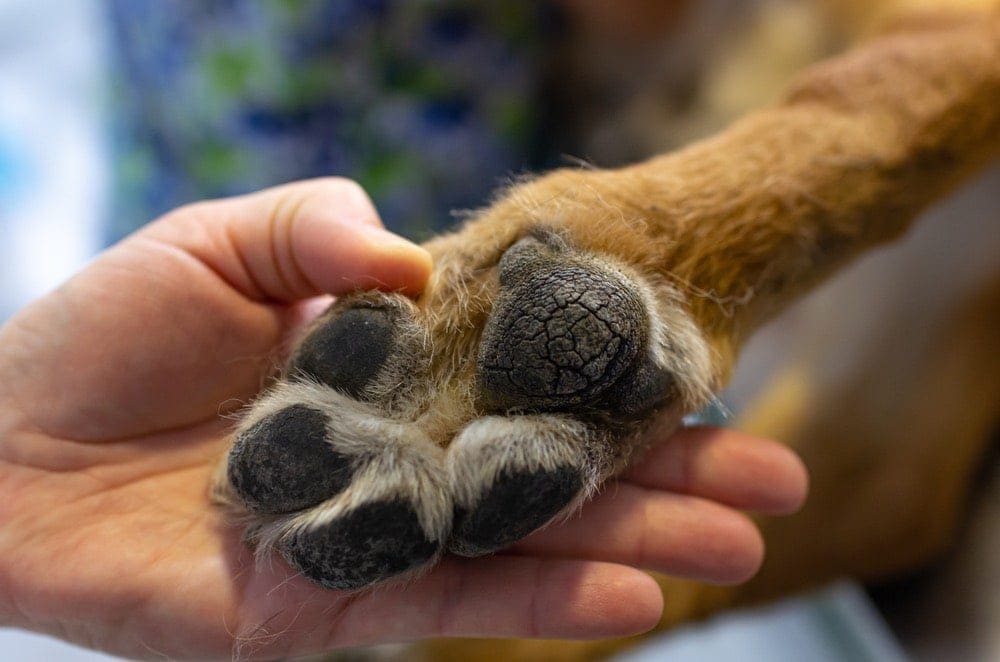Top Dog Blogs Unleashed- Unveiling the Best Canine Content Online
By reading this article, you will learn about: – The criteria for ranking and evaluating top dog blogs. – Different types of top dog blogs, including breed-specific, training and behavior, health and wellness, and lifestyle and product review blogs. – Tips for starting a top dog blog, benefits of reading top dog blogs, and the … Read more
